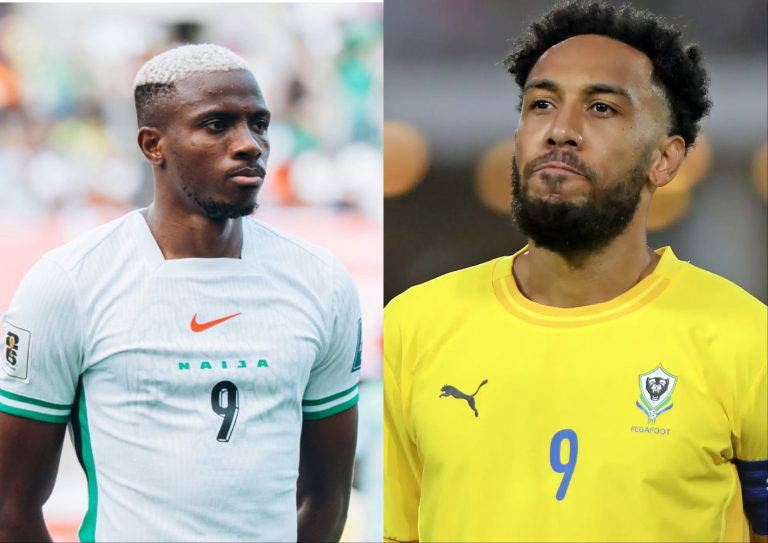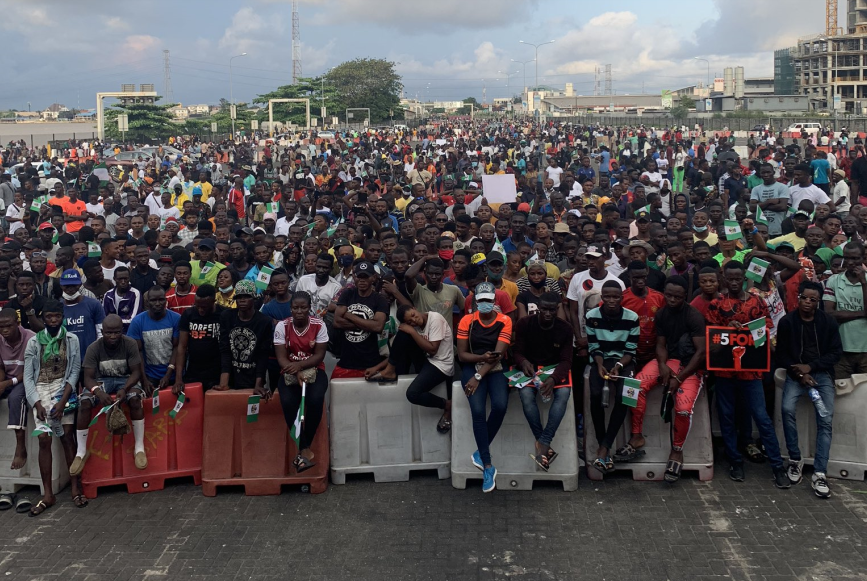FIFA’s Iron Hand: Countries barred from World Cup glory

FIFA World Cup. Photo Credit- Unsplash
The FIFA World Cup, the pinnacle of international football, is a dream stage for nations worldwide, where legends are made and national pride is at stake. However, since the tournament’s inception in 1930, not every country has had the chance to compete, even when qualifying on the pitch. FIFA, soccer’s global governing body, has imposed bans on 17 nations since 1950, sidelining them for reasons ranging from political conflicts and government interference to disciplinary infractions and wartime consequences. This piece is set to explore the countries that have faced FIFA’s wrath, the reasons behind their exclusions, and the lasting impact on their footballing legacies.
The Post-War Exclusions: Germany and Japan (1950)
The 1950 World Cup, the first after World War II’s cancellations in 1942 and 1946, saw Germany and Japan barred due to their roles as Axis powers. Germany, split into East, West, and Saarland, had its football association dissolved, while Japan’s was temporarily suspended. Neither could participate in qualifiers, missing the Brazil-hosted tournament. Germany’s ban was lifted by 1954, when West Germany won the World Cup, but Japan waited until 1998 to debut. These bans, rooted in global politics, set a precedent for FIFA’s use of suspensions as a geopolitical tool, a rare but impactful measure.
South Africa’s Long Exile (1970–1990)
South Africa’s exclusion from 1970 to 1990 remains the longest World Cup ban in history, driven by the country’s apartheid policies. FIFA suspended the South African Football Association in 1961 amid global anti-apartheid protests, as the nation’s laws mandated racially segregated teams and required all-white squads for international events. Expelled in 1976, South Africa missed five World Cups, with reinstatement coming in 1992 after apartheid’s dismantling. Their return culminated in hosting the 2010 tournament, a historic moment, but the ban showed FIFA’s response to human rights violations, though critics argue it was inconsistently applied, as seen with Argentina’s participation in 1978 despite its military regime.
Mexico’s Youth Scandal (1990)
Mexico’s 1990 ban stemmed from a scandal dubbed the “Cachirules,” where they fielded four overage players in the 1989 World Youth Championship qualifiers. FIFA imposed a two-year suspension from all competitions, barring Mexico from the 1990 World Cup in Italy. The punishment, costing €15 million in economic impact, was a harsh lesson in rule adherence. Mexico returned in 1994, but the episode highlighted FIFA’s zero-tolerance stance on age fraud, setting a precedent for future disciplinary actions.
Chile’s Bizarre Deception (1994)
Chile’s ban from the 1994 World Cup followed one of football’s most infamous incidents. In a 1989 qualifier against Brazil, goalkeeper Roberto Rojas faked an injury, claiming a flare thrown by fans hit him. Investigations revealed he had cut himself with a razor blade hidden in his glove, leading to a lifetime ban for Rojas (lifted in 2001) and Chile’s exclusion from 1994 qualifiers. The incident, costing Chile a chance at the U.S.-hosted tournament, remains a cautionary tale of desperation gone wrong, with fans on social media still referencing it as a “legendary scam.”
Yugoslavia’s Political Fallout (1994)
Yugoslavia’s ban from the 1994 World Cup was a direct result of United Nations sanctions following the Serb-dominated government’s aggression in the Balkans, particularly against Bosnia-Herzegovina. Having topped their Euro 92 qualifying group, Yugoslavia was replaced by Denmark, who won the tournament. The ban extended to 1994 World Cup qualifiers, delaying the region’s return until Serbia and Montenegro qualified in 2006. This political exclusion, as TIME notes, reflects FIFA’s rare but significant alignment with global sanctions, though it sparked debate about punishing athletes for governmental actions.
Myanmar’s Withdrawal Woes (2006)
Myanmar’s ban from the 2006 World Cup was a consequence of their withdrawal from a 2002 qualifier against Iran, citing logistical issues. FIFA responded with a $23,500 fine and a ban from the 2006 tournament in Germany, a decision upheld despite Myanmar’s appeal. The ban, less politically charged than others, highlighted FIFA’s strict enforcement of participation rules. Myanmar’s absence from World Cup contention since reflects their struggle to regain international footing, with fans on X lamenting the missed opportunity.
Iraq’s Brief Suspension (2008)
Iraq faced a temporary ban in 2008 after its government dissolved the national Olympic committee and sports federations, violating FIFA’s rules against third-party interference. The suspension, lifted after compliance was restored, prevented Iraq from completing 2010 World Cup qualifiers. Though short-lived, the ban disrupted Iraq’s momentum post their 2007 Asian Cup triumph, illustrating FIFA’s sensitivity to governmental overreach, a recurring theme in later bans.
Nigeria’s Governmental Meddling (2014)
Nigeria’s 2014 ban was brief but significant, triggered by government interference in the Nigeria Football Federation (NFF) following a disappointing World Cup campaign. FIFA suspended Nigeria for a month, halting their participation in international competitions until compliance was restored. The swift resolution allowed Nigeria to resume, but the incident, as Vanguard News notes, exposed the NFF’s ongoing administrative vulnerabilities, a problem that resurfaced in later bans.
Kuwait’s Persistent Issues (2015)
Kuwait’s 2015 ban stemmed from repeated government interference in its football association, leading FIFA to suspend them and forfeit a 2018 World Cup qualifier against Myanmar. The ban, lasting over two years, prevented Kuwait from competing in multiple tournaments. This case, alongside others, underscores FIFA’s firm stance on autonomy, with Kuwait’s struggles reflecting broader challenges in balancing national governance with FIFA’s regulations.
Indonesia’s Governance Woes (2015)
Indonesia was banned in 2015 for government interference in its football association, missing 2018 World Cup and 2019 Asian Cup qualifiers. The ban, lifted in 2016, cost Indonesia a chance to build on their regional potential. As Topend Sports reports, such suspensions often stem from administrative disputes, but their impact on players and fans is profound, stalling development and international exposure.
Guatemala’s Corruption Crackdown (2016)
Guatemala’s 2016 ban followed FIFA’s accusations of corruption and improper governance within its football federation. The suspension, lifted after reforms, excluded Guatemala from international play, including World Cup qualifiers. This case, less publicized, reflects FIFA’s broader efforts to clean up football administration, though critics argue the punishment often disproportionately affects players and fans.
Pakistan’s Repeated Offenses (2017, 2021, 2025)
Pakistan’s multiple bans in 2017, 2021, and 2025, most recently for failing to adopt a revised constitution for fair elections have barred them from 2026 World Cup qualifiers. The Pakistan Football Federation’s governance issues, as World Soccer Talk notes, have crippled their progress, with no World Cup appearances to date. These repeated suspensions highlight systemic challenges in smaller footballing nations.
Chad’s Interference Issues (2021)
Chad’s 2021 ban resulted from government control over its football federation, halting their international participation. The suspension, affecting 2022 World Cup qualifiers, was a blow to a nation already struggling on the global stage. FIFA’s consistent stance on autonomy underscores the need for independent governance, though Chad’s case received little global attention.
Zimbabwe and Kenya’s Recent Bans (2022)
Zimbabwe and Kenya faced bans in 2022 for government interference. Zimbabwe’s suspension followed the dissolution of its football federation by a government-appointed commission, while Kenya’s stemmed from financial mismanagement. Both missed 2026 World Cup qualifiers, though Kenya was reinstated later. These bans, as TIME reports, reflect FIFA’s focus on federation autonomy, often clashing with local politics.
Russia’s Geopolitical Exclusion (2022, 2026)
Russia’s ban from the 2022 and 2026 World Cups, following their invasion of Ukraine, is one of FIFA’s most high-profile sanctions. Announced in February 2022 alongside UEFA, the ban excluded Russia from qualifiers, with teams like Poland refusing to play them. The decision, upheld by the Court of Arbitration for Sport, has isolated Russian football, with their clubs and national teams limited to friendlies against nations like Belarus. Critics notes this as one of only three politically driven bans, alongside South Africa and Yugoslavia.
Congo’s Recent Suspension (2025)
Congo’s 2025 ban, due to third-party interference in its football federation, barred them from 2026 World Cup qualifiers. As World Soccer Talk reports, this suspension, alongside Pakistan’s, reflects ongoing governance issues in African football, stunting Congo’s development despite their regional potential.
The Controversies in FIFA’s Justice
These 17 bans, spanning political, administrative, and disciplinary causes, reveal FIFA’s complex role as both a sport and political entity. The financial and cultural toll is significant, like South Africa missed decades of global exposure, while smaller nations like Myanmar and Chad struggle to recover. Yet, FIFA’s selective enforcement draws criticism. As TIME’s Mauricio Borrero notes, countries like Nazi Germany (1938) and Argentina (1978) competed despite human rights abuses, while Iran’s 2022 participation amid protests sparked debate. Fans still question why some nations escape scrutiny, pointing to inconsistencies in FIFA’s moral stance. For the banned nations, the road back is arduous, requiring reforms and resilience to reclaim their World Cup dreams. As the 2026 tournament looms, these stories remind us that the path to football’s grandest stage is fraught with obstacles beyond the pitch.




